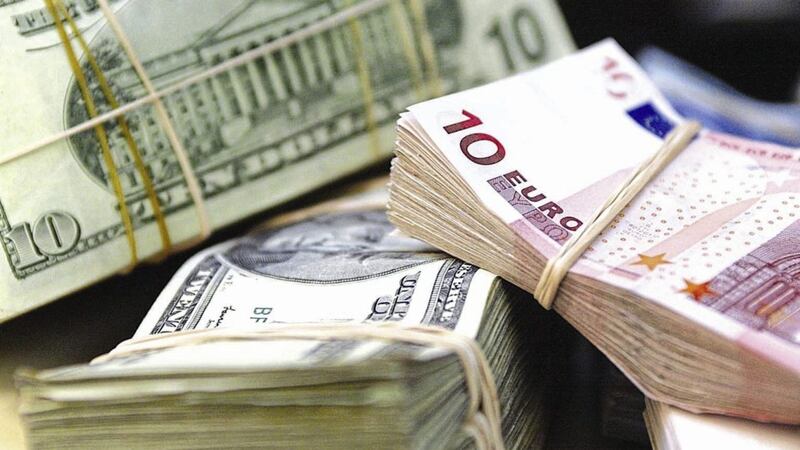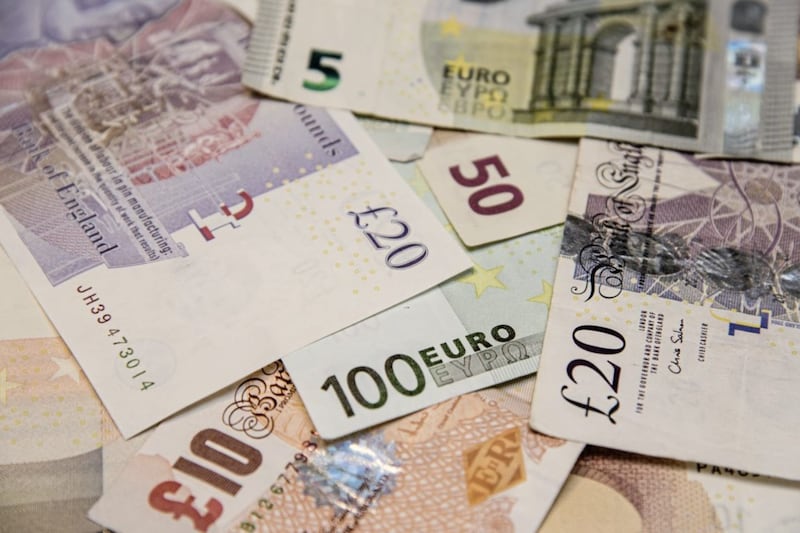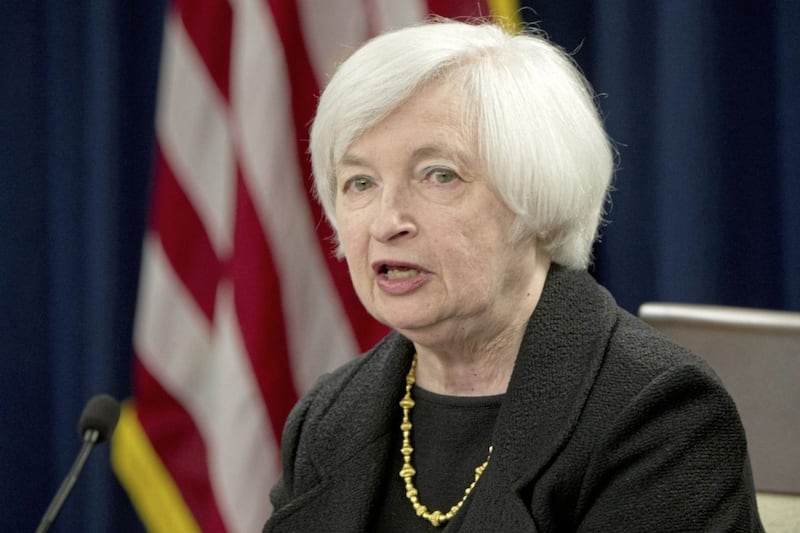DONALD Trump propelled the US dollar higher with his surprise Presidential election win in November on expectations that his policy platform would deliver stronger US economic growth and thus, higher US interest rates.
But these gains are being unwound, with little sign yet of Mr Trump being able to implement his expansionary policies, while his Presidency moves from one controversy to the next. At the same time, abating political risks in Europe and good economic data are propelling the Euro higher and Sterling has also recovered some ground.
The euro/dollar rate, though, remains very much range bound. It is currently trading just below $1.12, near the middle of the $1.04 - $1.16 band that it has occupied since February 2015. It is hard to see it moving out of this range any time soon. Further US Federal Reserve tightening should be supportive of the dollar, while the euro should be underpinned by continuing good data, with expectations also that the European Central Bank (ECB) may soon begin to row back on its easing bias.
Sterling, meanwhile, has edged above $1.30 - its highest level since last September. A big win for the Conservatives in next month’s general election could provide a further near term boost for the UK currency. Meanwhile, the dollar needs to see progress on the implementation of Trump’s fiscal agenda and Fed rate hikes to regain the upper hand.
In the week ahead, given the recent positive signs emanating from the eurozone economy, a raft of survey data will garner plenty of attention. The key Composite Purchasing Managers’ Index (PMI) rose again in April, hitting a six year high. It is anticipated to remain close to this level in May. This suggests that growth has continued to improve.
In the US, the financial markets will be analysing the latest minutes from the US central bank as they look for clearer indications that the Fed will hike rates at next month’s meeting. The meeting statement left the door for such a move open. It downplayed weak US growth in the first quarter, saying that it was “likely to be transitory”. Futures contracts have yet to fully price in a Fed rate hike in June, or indeed a further hike by the end of the year.
Meanwhile, some Fed officials have spoken recently about the possibility of beginning to reduce the size of the central bank’s balance sheet before the end of the year. Markets will also be looking to see if there was any discussion of this at the May meeting.
The US data calendar includes the flash May PMIs. The manufacturing and services indices have generally pointed to a more modest pace of growth in recent months, with the Composite PMI falling to a seven-month low in April. A further modest decline is forecast for May.
In the UK, we get a second look at GDP for the first quarter with no revisions to the original estimate of 0.3 per cent growth anticipated. The release will provide a first look at the expenditure base breakdown of growth. Markets will be particularly interested in consumer spending, as they look to assess the negative impact on the sector from rising inflation.
Elsewhere, data for the first quarter labour market in Ireland is also due. Data in recent months suggest we should see a marked fall in unemployment, while employment seems likely to have continued to grow at a strong pace, possibly above 3 per cent year-on-year.








